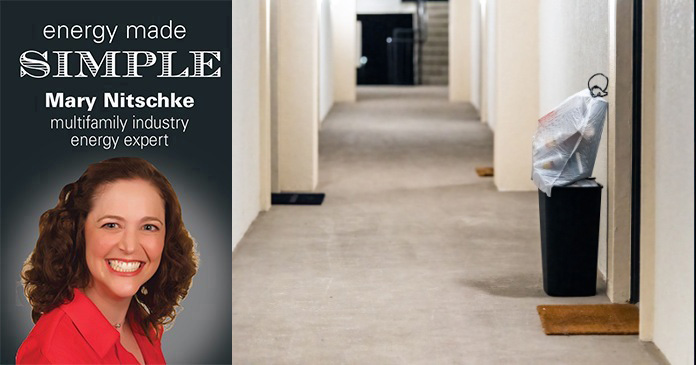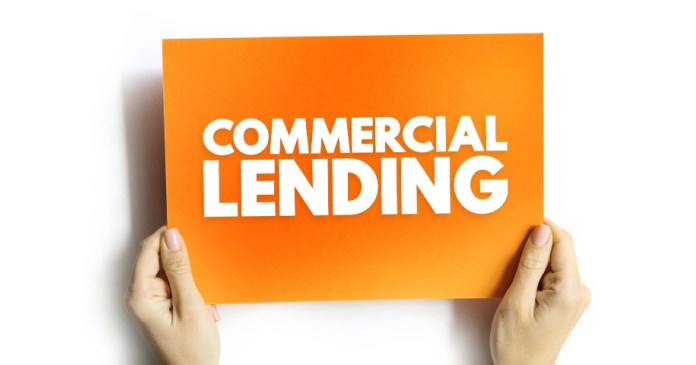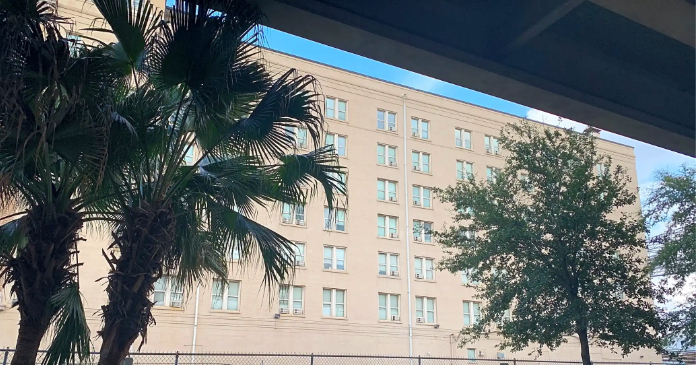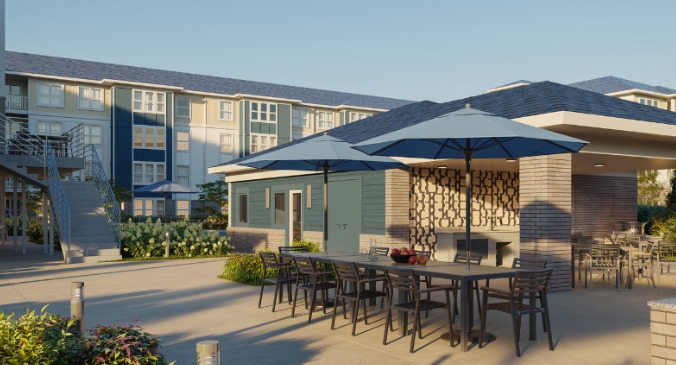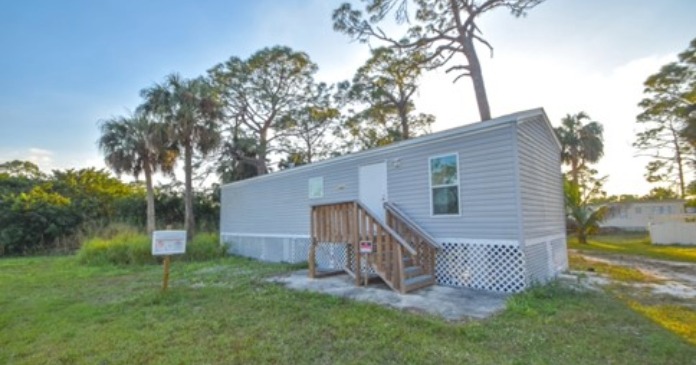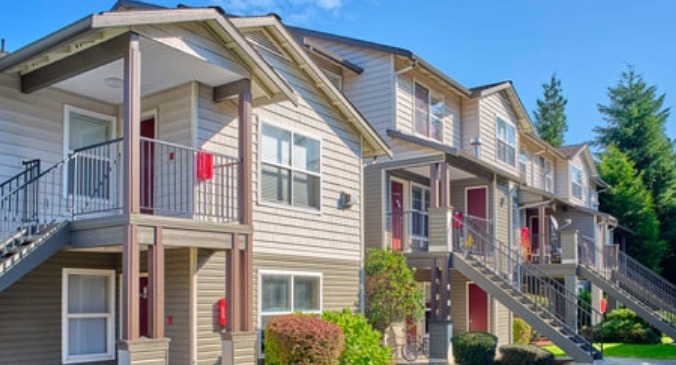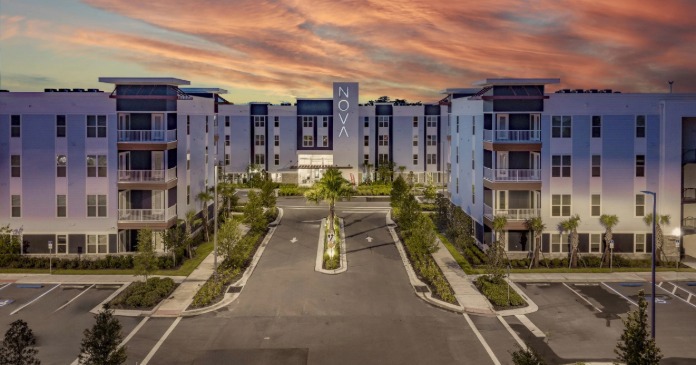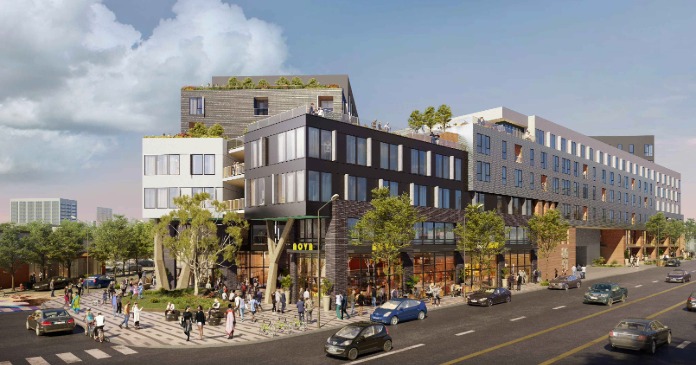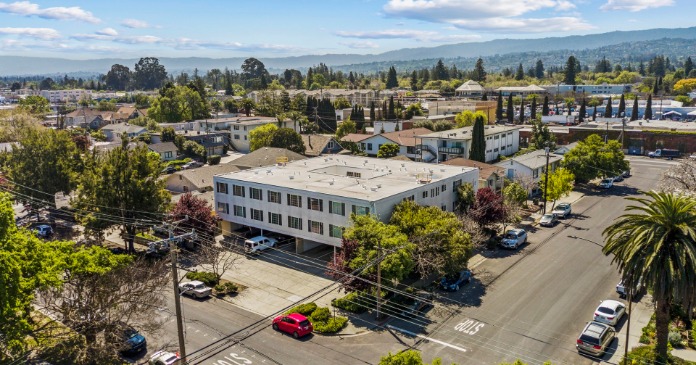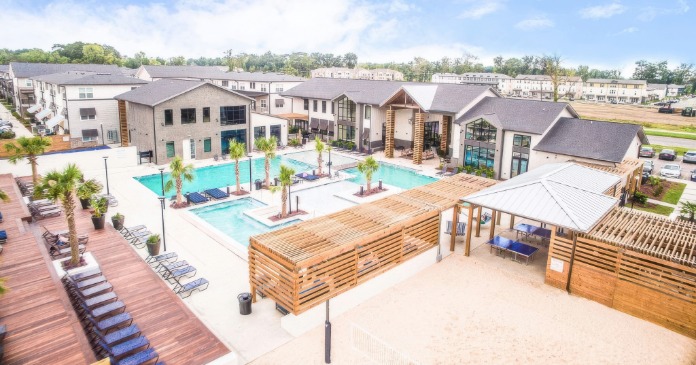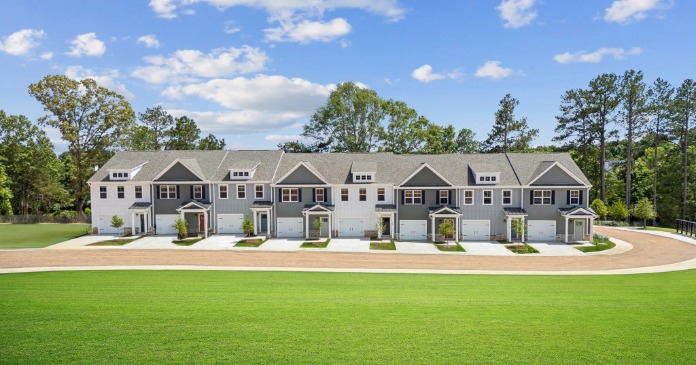As we continue down the “Show me the money” dive into our Ratio Utility Billing System (RUBS) program, let us review each category to see where are our opportunities for improvement. In that spirit, let’s talk trash! To do so, we should discuss flat fees versus RUBS.
RUBS is a method used in multifamily properties to allocate utility costs (like water, sewer, and trash) among tenants, especially when individual meters or submeters aren’t feasible. Instead of individual meters, RUBS uses factors like unit square footage, number of occupants, or a combination of them to determine each tenant’s share of the utility bill.
It should be noted that RUBS allocation is different from flat fees. RUBS charges will fluctuate based on changes in consumption, building occupancy, number of occupants per unit, etc. Flat fees are just…flat. Everyone pays the same amount for the commodity. Most commonly, trash is billed as a flat fee.
There are a few dangers with billing flat fees for trash you will want to watch out for:
- Forgetting to change your flat fee to align with your expenses. Waste tipping fees increase roughly 8 percent per year. Are you monitoring when your rates increase at each property and adjusting your flat fee annually? If not, you are leaving money on the table.
- Forgetting to adjust the flat fee in your utility addendums. Depending on what market your property is in, you may be required to list the amount of your trash flat fee in your utility addendum. A careful resident will monitor this to ensure that your charge matches what is in your lease. You may have a liability if you miss this step.
- Ancillary point here. In some cases, your addendum will contain language that allows you to change the flat fee mid-lease provided you give your residents notification in advance of the change (30-90 days in advance is what I have seen). It is important to understand how much advance notice you need to provide before adjusting the fee and to keep your notification documented somewhere so if asked, “when did that go out?”, you can retrieve the information.
- Making a service adjustment without making the commensurate flat fee adjustment. Let’s say you have a waste audit completed which updates the service costs, but you forget to reevaluate your flat fees to ensure proper recovery. If the audit indicates that you must add service, you need to assess how that impacts your recovery compared to your expenses.
As you can see, flat fees are not as simple as they might sound conceptually. You must be careful about how you use them.
Speaking of flat fees, it is also important to ensure that, when you are evaluating your trash expense versus your recovery, the only flat fees you are comparing are those related to the actual trash expense.
Often times, doorstep trash amenity fees are bundled into the same waste general ledger category as the expense offset. This may occur if you have hired a service to collect the trash nightly at each unit’s door and you charge your residents a monthly fee for this amenity in addition to the flat fee for waste. When you compare your reimbursement to your expenses, you may think you are recovering more than you are spending.
The problem with combining your waste amenity fee with your trash flat fee is you cannot easily evaluate what your actual expense recovery percentage is. I have had several sites in my career in which the owners thought they were recovering handsomely when in fact their actual recovery rate was significantly lower than they thought.
Personally, I like to put my doorstep waste revenue in the Other Income or Amenity Income category separate from the trash recovery. That way I can quickly identify if there are any issues that need correcting. Once you start showing yourself your money, it can be eye-opening how much money you might be leaving on the table.


